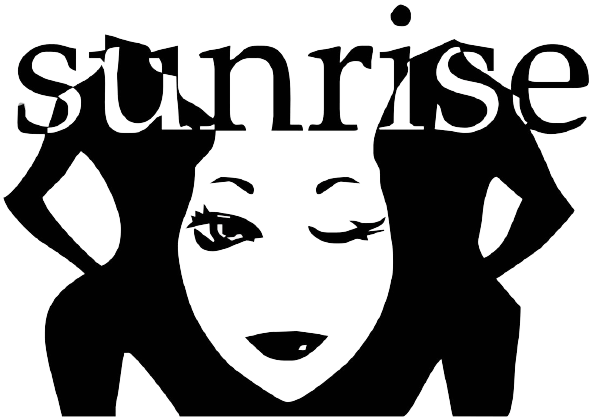Exploring the Different Types of Mannequins for Retail Displays

Mannequins are an essential part of retail displays. They are used to showcase clothing and other accessories, making them a crucial element in any fashion or retail store. Mannequins can be used in various ways to enhance the store’s visual appeal and help customers visualize how the clothing would look on them. In this article, we will explore the different types of mannequins available for retail displays.
Full Body Mannequins
Full body mannequins are the most commonly used type of mannequin in retail stores. They are typically made of fiberglass and come in various poses, sizes, and shapes. Full body mannequins are designed to showcase an entire outfit, including shoes and accessories. They are available in both male and female forms, making them ideal for any type of store.
Abstract Mannequins
Abstract mannequins are a modern take on the traditional mannequin. They are usually headless, armless, and legless and are designed to highlight the clothing’s shape and silhouette. Abstract mannequins come in a range of colors, including white, black, and metallic tones. They are best suited for stores that want to showcase clothing’s shape and texture rather than the outfit’s overall look.
Realistic Mannequins
Realistic mannequins are designed to look like real people. They come in various skin tones, poses, and facial expressions, making them ideal for stores that want to create a lifelike shopping experience. Realistic mannequins are perfect for stores that sell high-end clothing or luxury items.
Child Mannequins
Child mannequins are designed for stores that sell children’s clothing. They come in various sizes and poses, from infants to young adults. Child mannequins are ideal for showcasing children’s clothing, making it easier for parents to visualize how the outfit would look on their child.
Plus Size Mannequins
Plus size mannequins are designed for stores that sell plus size clothing. They are available in various sizes and poses, from sizes 16 to 24. Plus size mannequins are ideal for showcasing plus size clothing and help promote body positivity.
Headless Mannequins
Headless mannequins are a popular choice for stores that want to showcase the clothing’s design and fit rather than the face or expression of the mannequin. They are available in various poses and sizes and are often used for sportswear or casual clothing.
Sitting Mannequins
Sitting mannequins are designed for stores that sell furniture or home decor. They come in various poses, such as sitting or lounging and are perfect for showcasing how furniture or home decor items look in a real-life setting.
Dress Forms
Dress forms are an alternative to mannequins. They are typically used for tailoring and dressmaking, but they can also be used in retail displays. Dress forms come in various sizes and shapes, making them ideal for showcasing clothing that is not suitable for mannequins, such as lingerie and swimwear.
FAQs
Q: What materials are mannequins made of?
A: Mannequins are typically made of fiberglass, plastic, or wax.
Q: What type of mannequin is best for showcasing clothing?
A: Full body mannequins are the best for showcasing clothing as they allow customers to visualize the entire outfit.
Q: Can dress forms be used in retail displays?
A: Yes, dress forms can be used in retail displays to showcase clothing that is not suitable for mannequins.
Conclusion
In conclusion, there are many types of mannequins available for retail displays, each designed to showcase clothing in a unique way. The type of mannequin you choose for your store will depend on the type of clothing you sell, your store’s aesthetic, and your target audience. Whether you opt for a full body mannequin, an abstract mannequin, or a realistic mannequin, investing in the right type of mannequin can help enhance your retail display and attract more customers to your store.


